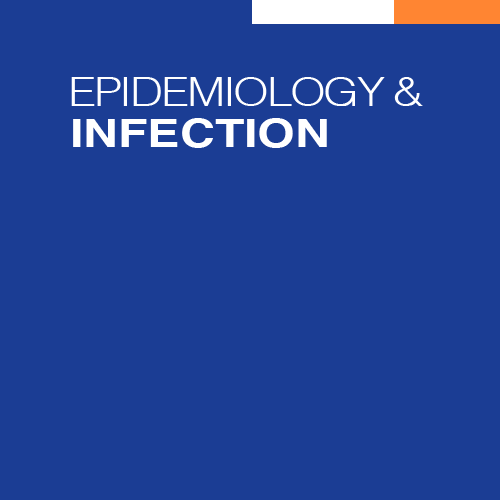Summary
We utilized a disease progression model to predict the number of viraemic infections, cirrhotic cases, and liver-related deaths in the state of Rhode Island (RI) under four treatment scenarios: (1) current HCV treatment paradigm (about 215 patients treated annually, Medicaid reimbursement criteria fibrosis stage ⩾F3); (2) immediate scale-up of treatment (to 430 annually) and less restrictive Medicaid reimbursement criteria (fibrosis stage ⩾F2); (3) immediate treatment scale-up and no fibrosis stage-specific Medicaid reimbursement criteria (⩾F0); (4) an ‘elimination’ scenario (i.e. a continued treatment scale-up needed to achieve >90% reduction in viraemic cases by 2030). Under current treatment models, the number of cirrhotic cases and liver-related deaths will plateau and peak by 2030, respectively. Treatment scale-up with ⩾F2 and ⩾F0 fibrosis stage treatment criteria could reduce the number of cirrhotic cases by 21.7% and 10.0%, and the number of liver-related deaths by 19.3% and 7.4%, respectively by 2030. To achieve a >90% reduction in viraemic cases by 2030, over 2000 persons will need to be treated annually by 2020. This strategy could reduce cirrhosis cases and liver-related deaths by 78.9% and 72.4%, respectively by 2030. Increased HCV treatment uptake is needed to substantially reduce the burden of HCV by 2030 in Rhode Island.
Countries: United States – Rhode Island

